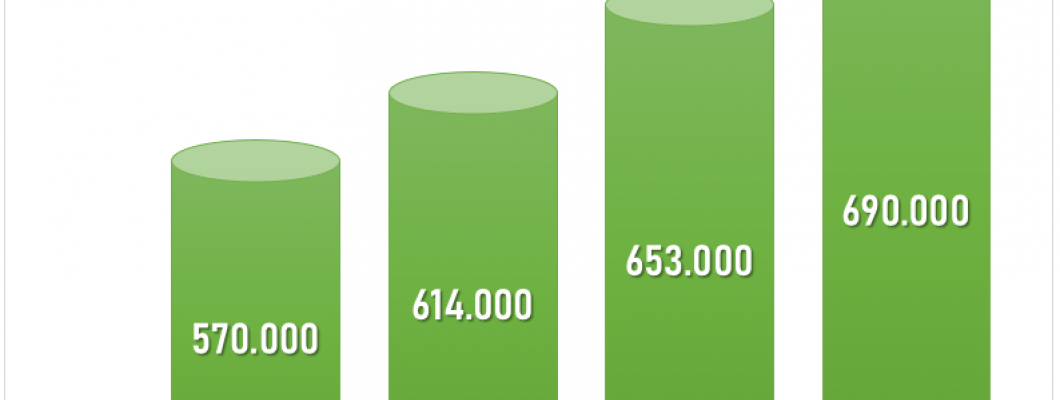
The future of industrial robots is one of the most exciting and rapidly evolving areas in the world of technology today. As technology continues to advance, robots are becoming increasingly sophisticated and capable of performing a wider range of tasks in a variety of industries. This has led many experts to predict that robots will play an even larger role in the industrial sector in the future. In this article, we'll take a look at some of the ways in which industrial robots are expected to be used in the future, as well as some of the challenges that will need to be overcome to make this a reality.
One of the main ways in which industrial robots are expected to be used in the future is in the manufacturing sector. Robots have already been used in manufacturing for many years, but they are becoming increasingly sophisticated and are capable of performing an ever-wider range of tasks. In the future, robots are expected to play an even larger role in the manufacturing process, allowing companies to produce goods more efficiently and at a lower cost. They are also expected to help companies to address the shortage of skilled workers in many industries, making it easier for businesses to meet the demands of the marketplace.
Here is the forecast for industrial robots which reported by IFR.

Another area in which industrial robots are expected to play a big role in the future is in the transportation sector. Robots could be used to help with tasks such as loading and unloading goods from trucks and trains, making it easier and faster to transport goods from one place to another. They could also be used to help with the maintenance of vehicles and other equipment, freeing up employees to focus on more important tasks.
In addition to manufacturing and transportation, industrial robots are also expected to play a big role in other industries, such as construction and mining. In the construction industry, robots could be used to help with tasks such as bricklaying and site surveying, making it easier and faster to build structures. In mining, robots could be used to help with tasks such as drilling and excavation, making it easier and safer to extract minerals and other resources from the earth.
While the future of industrial robots is promising, there are also some challenges that will need to be overcome in order to realize the full potential of these machines. One of the main challenges is the issue of safety. Robots will need to be designed in such a way that they are safe to use in a variety of environments and situations. This will require advances in areas such as robotics technology, machine learning, and artificial intelligence.
Another challenge that will need to be overcome is the issue of cost. While robots have the potential to save businesses money in the long run, the initial cost of purchasing and setting up a robot system can be high. This may make it difficult for smaller businesses to adopt robots, which could limit the overall potential for growth in this field.
Finally, there is the issue of public perception. While some people are excited about the potential for robots to make our lives easier and more efficient, there are also many people who are concerned about the impact that robots will have on jobs and the economy. It will be important for the robotics industry to address these concerns and to educate the public about the many benefits of industrial robots.
In conclusion, the future of industrial robots is bright, and they are expected to play an even larger role in the industrial sector in the coming years. However, there are also some challenges that will need to be overcome in order to realize the full potential of these machines. Whether it's safety, cost, or public perception, these issues will need to be addressed in order to ensure that industrial robots can be used to their full potential in the future.
Global Robot Marketplace
